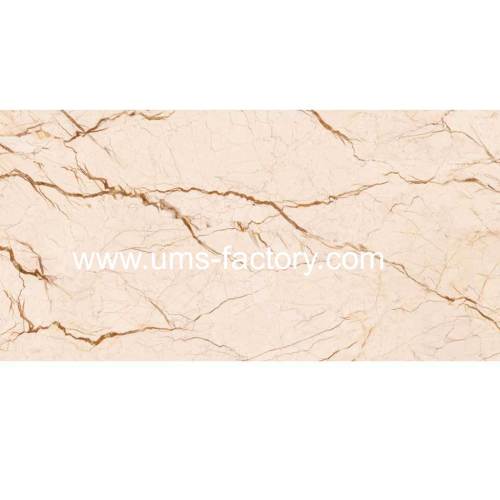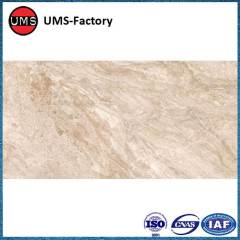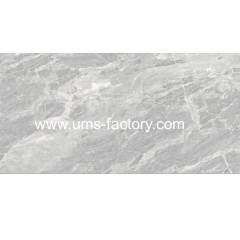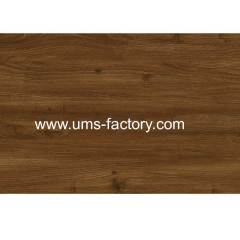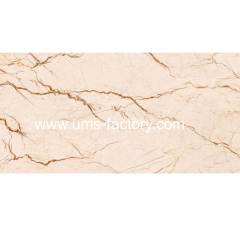|
UMS New Materials Industry Co.,LTD.
|
thin floor tiles marble effect porcelain tiles
| Place of Origin: | Guangdong, China (Mainland) |
|
|
|
| Add to My Favorites | |
| HiSupplier Escrow |
Product Detail
Product surface: soft polish
Product model: 7XS12001R
Product specifications: 1200x600mm
Product application space: bedroom, living room...
The difference between thin ceramic tiles and traditional tiles
1. Thickness: Thin porcelain tile: Product thickness is less than 6mm
Traditional tile: The average 800*800 polished tiles are around 9mm-12mm.
2. Weight: Thin wall tiles: The weight of this type of thin plate is less than half the weight of ordinary ceramic tile.
Traditional tiles: The amount of material is twice as much as that of thin-plate tiles, and the weight is naturally twice as much as that of thin-plate tiles.
3. Specifications: Thin Ceramic Tiles > Traditional Tiles
Scope of application: used in television background wall, leisure tearoom, bedroom, balcony and other decoration; hospitals, bathroom thin digital tiles, toilets and other health facilities.
Advantage of Thin porcelain tiles
1. Lightweight and energy-saving: The conventional area of thin marble tiles is 600×1200mm, thickness is 6mm, and the weight is 11kg. It is light and thin, saving more than 60% of raw material resources, reducing overall energy consumption by more than 55%, and weighing only 1/3 of that of traditional ceramics. Save on logistics costs; thin wall tiles effectively reduce the building's own load.
2. Low water absorption: The water absorption rate is only 0.06%. Compared to stone materials, the water absorption is lower, there is no color difference, no radiation, the construction is simple, the cost is saved, and the phenomenon of cracking will never occur. It is more environmentally friendly, easier to maintain, and more durable;
3. Super heat and wear resistance: Compared to wallpaper, its higher hardness, moisture resistance, long life, fire and heat resistance, and the need for floor heating air conditioning, because of its thin adhesive layer, thin material itself, better heating effect, less energy loss, temperature increase space more Fast; The ceramic sheet is applied to the outer wall without distortion, no fading, and stronger abrasion resistance;
4. Easy to cut: Ceramic sheet cutting is more convenient and cost-effective, and can be accurately cut into various sizes with a professional manual broach or glass knife, giving the designer more design space, especially in terms of size or mix and convenience;

